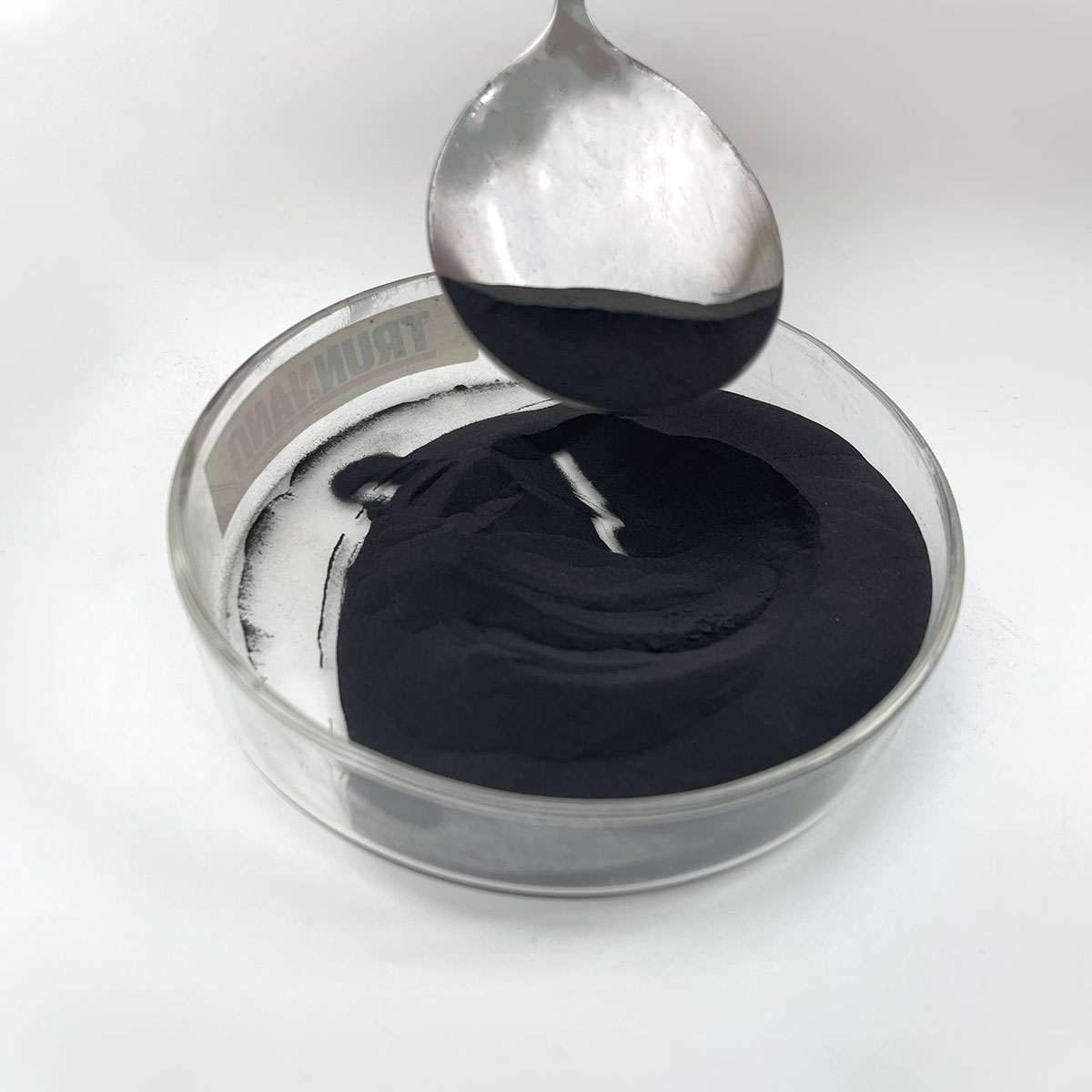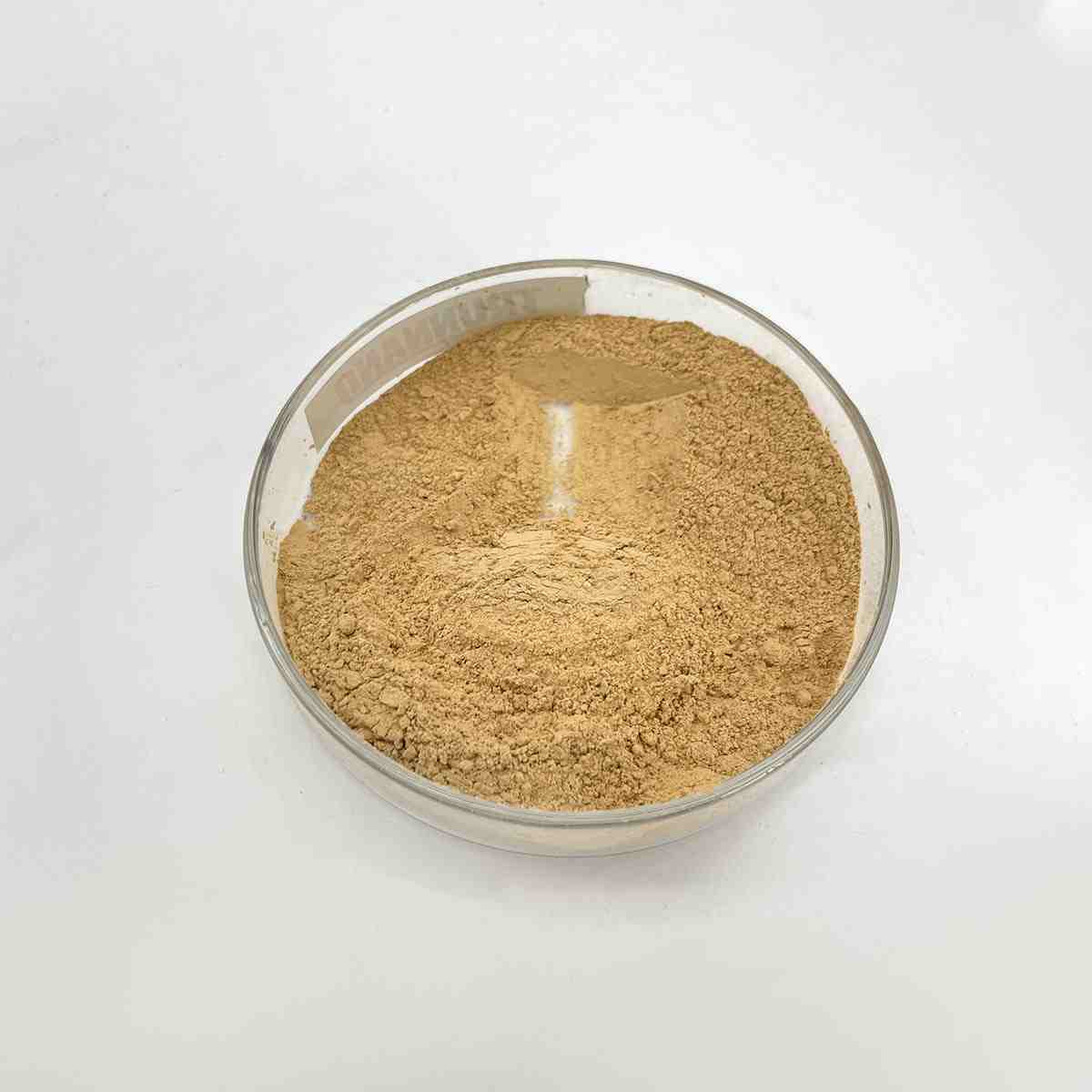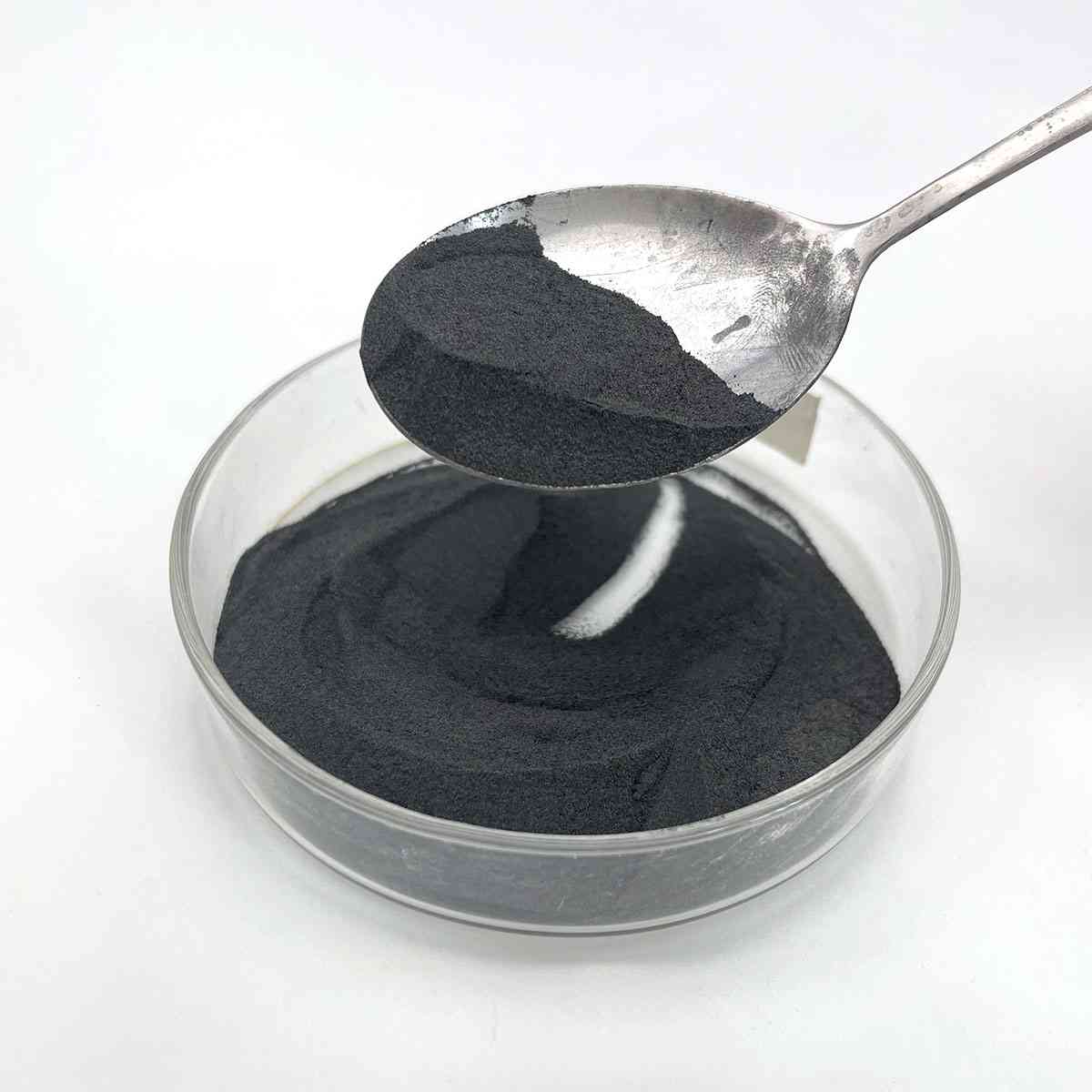Overview of Cationic Surfactant Bisoctyl Dimethyl Ammonium Chloride CAS No. 5538-94-3
Cationic surfactants are a class of surface-active agents that contain a positively charged head group or cation when dissolved in aqueous solutions. They are characterized by their unique ability to interact with negatively charged surfaces, making them versatile compounds with applications across industries including personal care, household cleaning, textiles, agriculture, and pharmaceuticals. Their positive charge allows for specific interactions with anionic (negatively charged) molecules, which governs their functionality in various formulations.
Features of Cationic Surfactant Bisoctyl Dimethyl Ammonium Chloride CAS No. 5538-94-3
-
Positive Charge: The hydrophilic (water-loving) head of a cationic surfactant carries a positive charge, typically derived from ammonium, pyridinium, or quaternary ammonium groups.
-
Strong Binding: Due to their positive charge, they bind strongly to negatively charged surfaces, like those found on skin, hair, or certain bacteria and viruses.
-
Emulsifying & Foaming Properties: Many cationic surfactants are effective emulsifiers, stabilizing oil and water mixtures, and can produce stable foams.
-
Conditioning & Softening: In personal care products, they improve the feel of hair and skin by depositing a conditioning film, enhancing manageability and softness.
-
Antimicrobial Activity: Some cationic surfactants exhibit bactericidal or virucidal properties, making them useful in disinfectants and sanitizers.
-
Compatibility: They can be formulated with other types of surfactants to enhance performance or modify product properties.

(Cationic Surfactant Bisoctyl Dimethyl Ammonium Chloride CAS No. 5538-94-3)
Specification of Cationic Surfactant Bisoctyl Dimethyl Ammonium Chloride CAS No. 5538-94-3
Cationic Surfactant Bisoctyl Dimethyl Ammonium Chloride (CAS No. 5538-94-3) is a quaternary ammonium compound widely used in industrial and household applications. The chemical formula is C18H38ClN. This surfactant appears as a white or light-yellow crystalline powder. It dissolves easily in water and ethanol. The product has a mild odor. Its aqueous solution typically shows a pH range of 5.0–7.0.
The active content of this compound usually exceeds 95%. Moisture content is kept below 2% to ensure stability. The melting point falls between 70°C and 80°C. The bulk density ranges from 0.4 to 0.6 g/cm³. It remains stable under normal storage conditions but decomposes when exposed to strong acids or alkalis.
This surfactant works well as a disinfectant. It shows strong bactericidal effects against gram-positive and gram-negative bacteria. It is compatible with non-ionic surfactants but reacts with anionic surfactants. Applications include fabric softeners, hair conditioners, and agricultural biocides. In water treatment systems, it helps control algae growth.
Safety guidelines require careful handling. Direct contact with skin or eyes may cause irritation. Protective gloves and goggles are recommended during use. Inhalation of dust should be avoided. Store the product in a cool, dry place away from direct sunlight. Keep containers tightly sealed to prevent moisture absorption.
The surfactant is biodegradable under aerobic conditions. Environmental regulations classify it as low-toxicity for aquatic life when used as directed. It is incompatible with strong oxidizing agents. Mixing with incompatible substances may release hazardous gases.
Industrial users prefer this compound for its cost-effectiveness and versatility. It performs reliably in both hard and soft water. Its cationic nature allows strong adsorption onto negatively charged surfaces. This property makes it suitable for corrosion inhibition in oilfield applications.
Technical data sheets provide detailed instructions for dilution and compatibility testing. Always verify concentration requirements before large-scale use. Batch-specific certificates of analysis confirm purity and compliance with industry standards. Regulatory approvals vary by region. Check local guidelines before application in food-contact or pharmaceutical settings.
The product is packaged in 25 kg polyethylene-lined fiber drums or custom quantities. Shelf life is typically 24 months when stored properly. Transport regulations classify it as non-hazardous for land and sea freight.

(Cationic Surfactant Bisoctyl Dimethyl Ammonium Chloride CAS No. 5538-94-3)
Applications of Cationic Surfactant Bisoctyl Dimethyl Ammonium Chloride CAS No. 5538-94-3
Bisoctyl dimethyl ammonium chloride (CAS No. 5538-94-3) is a cationic surfactant widely used in industrial and household applications. Its structure includes a positively charged nitrogen atom, making it effective in interacting with negatively charged surfaces. This property drives its use across multiple fields.
In disinfectants and sanitizers, the compound works well. It disrupts microbial cell membranes, killing bacteria and viruses. Hospitals, labs, and homes rely on it for surface cleaning. Its stability in hard water and heat improves performance in harsh conditions.
The water treatment industry uses this surfactant to control algae and biofilm in systems. It binds to organic materials, preventing microbial growth in pipes and tanks. This reduces corrosion risks and maintains water quality in cooling towers or storage units.
Textile manufacturing benefits from its role as a fabric softener. The positive charge neutralizes static electricity in synthetic fibers. Clothes feel smoother, and colors stay vibrant after washing. It also helps evenly distribute dyes during processing.
Agriculture applies bisoctyl dimethyl ammonium chloride as a pesticide additive. It enhances the spread of chemicals on plant surfaces, ensuring better coverage. This increases the effectiveness of herbicides or fungicides. Crops stay protected with lower chemical use.
Personal care products like shampoos and conditioners include this ingredient. It conditions hair by coating strands, reducing frizz and improving manageability. The formula stays gentle on skin while offering anti-static benefits.
Industrial cleaners use it to break down grease and oils. The surfactant emulsifies dirt, making removal easier from machinery or floors. It works in acidic or alkaline solutions without losing effectiveness.
Research continues to explore new uses for this compound. Its versatility and reliability make it a key material in many sectors. Current studies focus on improving environmental safety while maintaining performance.
Company Profile
SurfactantChina is a trusted global chemical material supplier & manufacturer with over 12-year-experience in providing super high-quality surfactant and relative products.
The company has a professional technical department and Quality Supervision Department, a well-equipped laboratory, and equipped with advanced testing equipment and after-sales customer service center.
If you are looking for high-quality surfactant and relative products, please feel free to contact us or click on the needed products to send an inquiry.
Payment Methods
L/C, T/T, Western Union, Paypal, Credit Card etc.
Shipment
It could be shipped by sea, by air, or by reveal ASAP as soon as repayment receipt.
5 FAQs of Cationic Surfactant Bisoctyl Dimethyl Ammonium Chloride CAS No. 5538-94-3
1. What is Bisoctyl Dimethyl Ammonium Chloride?
Bisoctyl Dimethyl Ammonium Chloride is a cationic surfactant. It has a chemical structure with two octyl chains attached to a nitrogen atom. The compound carries a positive charge. This makes it effective in binding to negatively charged surfaces. It is commonly used as a germicide, disinfectant, or preservative in industrial and household products.
2. Where is this surfactant typically applied?
This surfactant is used in water treatment, textiles, and cosmetics. It kills bacteria, algae, and fungi in water systems. In textiles, it softens fabrics and reduces static. In personal care products, it acts as a preservative. It stabilizes formulas by preventing microbial growth.
3. Is this chemical safe for human use?
Safety depends on concentration and handling. Direct contact with high concentrations may irritate skin or eyes. Proper protective equipment like gloves and goggles is recommended during handling. Follow guidelines from safety data sheets. Diluted forms in finished products pose lower risks.
4. How should this surfactant be stored?
Store it in a cool, dry place away from sunlight. Keep the container tightly sealed. Avoid exposure to extreme heat or moisture. Check compatibility with storage materials. Use stainless steel or plastic containers. Do not mix with strong oxidizers or acids unless specified.
5. Can it mix with other chemicals?
It is compatible with many non-ionic or cationic ingredients. Avoid mixing with anionic surfactants. These may neutralize its positive charge. Test small batches before large-scale combinations. This ensures stability and performance. Adjust ratios based on test results.

(Cationic Surfactant Bisoctyl Dimethyl Ammonium Chloride CAS No. 5538-94-3)






